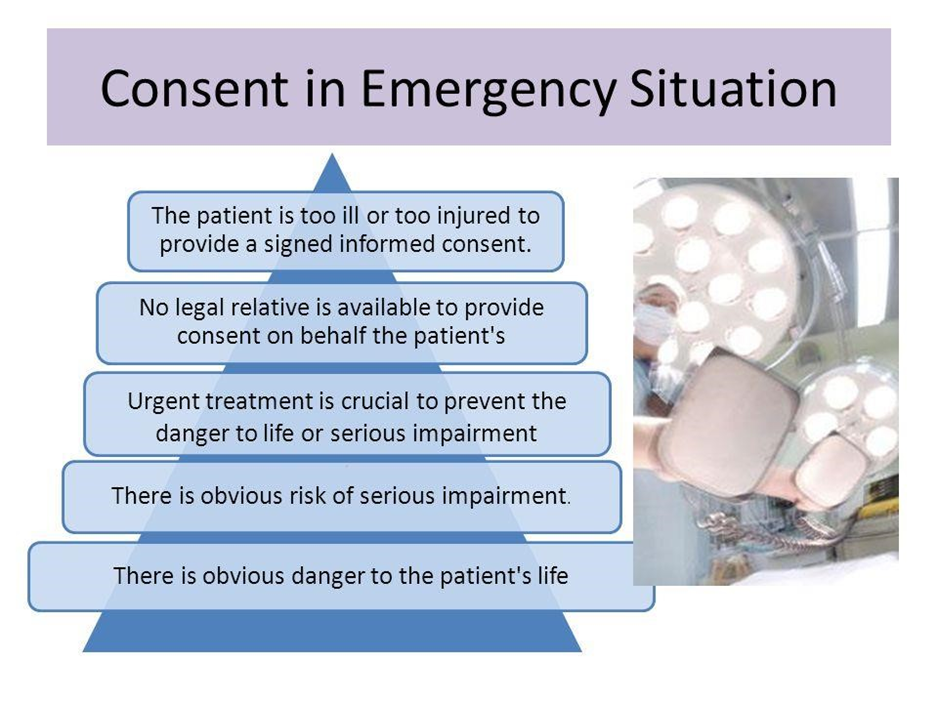A nurse in the emergency department admits a client who has been exposed to cutaneous anthrax.
Which of the following actions should the nurse take?
Prepare to administer antibiotics to the client
Wear an N95 respirator mask while caring for the client
Plan to administer an antiviral medication to the client.
Place a surgical mask on the client during transfer to the unit.
The Correct Answer is A
a. Cutaneous anthrax is typically treated with antibiotics, so preparing to administer antibiotics to the client is the appropriate action.
b. While respiratory protection may be necessary in certain situations, such as when dealing with airborne pathogens, anthrax exposure typically does not require an N95 respirator mask.
c. Anthrax is caused by a bacterium, not a virus, so administering an antiviral medication would not be effective in treating the infection.
d. Placing a surgical mask on the client during transfer may not be necessary unless there are specific concerns about the spread of respiratory droplets. However, the primary treatment for cutaneous anthrax is antibiotics, not respiratory precautions.
Nursing Test Bank
Naxlex Comprehensive Predictor Exams
Related Questions
Correct Answer is A
Explanation
a. An asymmetrical thorax could indicate chest trauma which could compromise oxygen delivery.
b. An open fracture of the femur without vessel inury is a lesser priority than chest trauma.
c. Preorbital edema (swelling around the eyes) may indicate facial trauma but is not as immediately lifethreatening as an open fracture.
d. A deep-partial thickness burn on the lower extremities is serious but does not pose an immediate threat to life compared to other injuries such as an open fracture with potential bleeding and risk of infection.
Correct Answer is A
Explanation
a. In emergency situations where immediate treatment is necessary to stabilize the client and prevent further deterioration, obtaining written consent may not be feasible or necessary. The principle of implied consent applies in emergency situations where the client is unable to provide consent due to their condition.
b. Notifying risk management before initiating treatment is not necessary in this emergency situation, as the priority is to provide timely and appropriate care to the client.
c. Having the client sign a consent for treatment may not be possible if the client is disoriented or incapacitated due to their condition.

d. Contacting the client's next of kin to obtain consent may delay necessary treatment, which could be detrimental to the client's health in an emergency situation.
Whether you are a student looking to ace your exams or a practicing nurse seeking to enhance your expertise , our nursing education contents will empower you with the confidence and competence to make a difference in the lives of patients and become a respected leader in the healthcare field.
Visit Naxlex, invest in your future and unlock endless possibilities with our unparalleled nursing education contents today
Report Wrong Answer on the Current Question
Do you disagree with the answer? If yes, what is your expected answer? Explain.
Kindly be descriptive with the issue you are facing.
